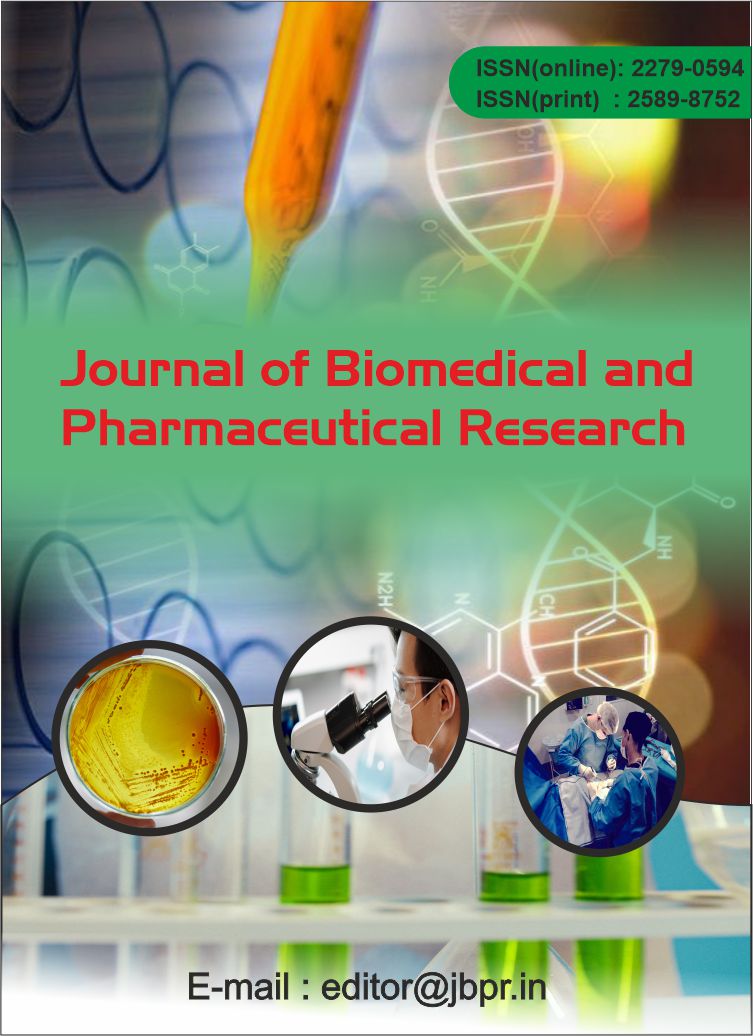Multivariate analysis of Incidence and Risk Factors of Surgical Site Infections in General Surgery: A Retrospective Study from a Tertiary Care Center
Abstract
Background: Surgical site infections (SSIs) pose a major challenge in surgical care, leading to higher morbidity rates, extended hospitalizations, and increased healthcare expenses. SSI remains a major concern in postoperative care and is the third most frequently reported nosocomial infection.
Materials and Methods: A retrospective analysis was carried out over six months in the general surgery department. Data were collected from hospital records, and SSI rates were examined based on infection type, surgical procedure, and whether the surgery was elective or performed in an emergency setting. Results: The study found that the prevalence of SSI in the general surgery department was 12.5%. Among the different types, superficial incisional SSI was the most common, followed by deep incisional and organ/space SSI. The highest rate of SSI was observed in patients undergoing exploratory laparotomy. Emergency surgeries had a significantly higher SSI rate (17.7%) compared to elective procedures (12.5%).
Conclusions: SSIs pose a substantial burden on both patients and healthcare systems. Effective prevention requires a comprehensive strategy addressing preoperative, intraoperative, and postoperative factors. Establishing a culture of patient safety through strong institutional policies, regulatory support, and adherence to infection control measures is essential for reducing SSI rates in healthcare settings.
Keywords: SSI, General surgery, Nosocomial infection and wound infection.
![]() Journal of Biomedical and Pharmaceutical Research by Articles is licensed under a Creative Commons Attribution 4.0 International License.
Journal of Biomedical and Pharmaceutical Research by Articles is licensed under a Creative Commons Attribution 4.0 International License.





